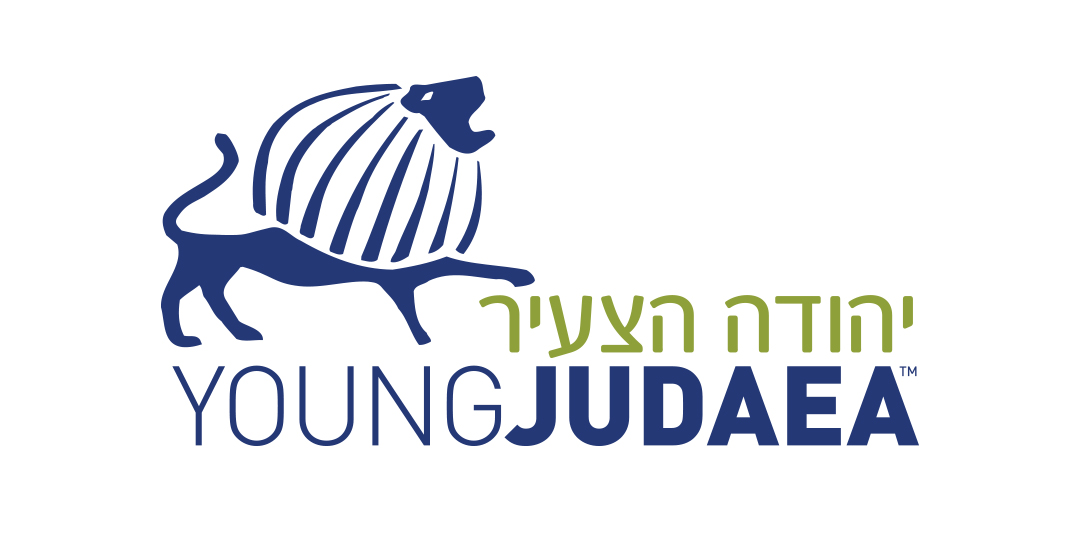
Hatzer Kinneret: A Zionist Training Ground
By Year Course chanicha, Golda Adler
When we think of the holiest place in Israel our minds immediately shift to the Kotel, Tzfat, even Masada, but no one ever mentions Hatzer Kinneret- the place where the dream of settling the land of Israel became real life. Hatzer Kinneret, located in the north, was the home of the families and pioneers that came over in the Second Aliyah. Most of these families came over in hope of escaping the Kishner pogroms and in hope that Israel would be the nation state for the Jewish people. However, this wave of Aliyah planned on doing things a little differently than the First Aliyah. The families and pioneers that settled the Hatzer Kinneret looked up to A.D Gordon, who many call the “father of Labor Zionism”. Gordon encouraged the people to work the land themselves and make this a lifestyle. The community placed great emphasis on the beauty of the land, farming, and women in the work force; it was a new ideal that is still carried out today in Israel, but now is known as Kibbutzim. The families that lived in Hatzer Kinneret became so attached to the Kinneret, that they built the kinneret cemetery not to far from the courtyard. Here, many members of the Labor Zionism movement have been buried, among them Berl Katznelson, Moses Hess and Rachel Bluwstein. While up north, we took advantage of the beautiful sites and hiked and learned about the history of Har Arbel. Being up north and being in the very spot where the Labor Zionist movement began, made me realize the importance of the Second Aliyah and the lessons they practiced and instilled. A.D Grodon, the father of Labor Zionism, emphasized the practice of a person working the land with their OWN hands and praising the beauty of it, rather than hiring others to do it for you. He showed the pioneers that this practice not only built a community, but also allowed the Second Aliyah to find meaning and connection to the land, unlike the First Aliyah, which had others work the land for them. I got a taste of this beauty and appreciation for the land when we hiked Har Arbel. I got to overlook part of the north and climb down a rock wall and saw green as far as my eye could see. Visiting the Hatzer Kinneret and then going on a hike really allowed me to visualize why A.D Gordon and the Second Wave appreciated the land they had settled. While A.D Gordon and the Second Aliyah may have cultivated and given us the modern practice of kibbutzim, I feel that because it may not be so accessible for us Year Courses to harvest, or grow our own food, we can most certainly show our appreciation and expand our knowledge by going on more tours and hikes of mountains or kibbutzim. We should not only focus on the buildings and museums, but also explore and embody the beauty of Israel that inspired the Second Aliyah and spread this message with others.
